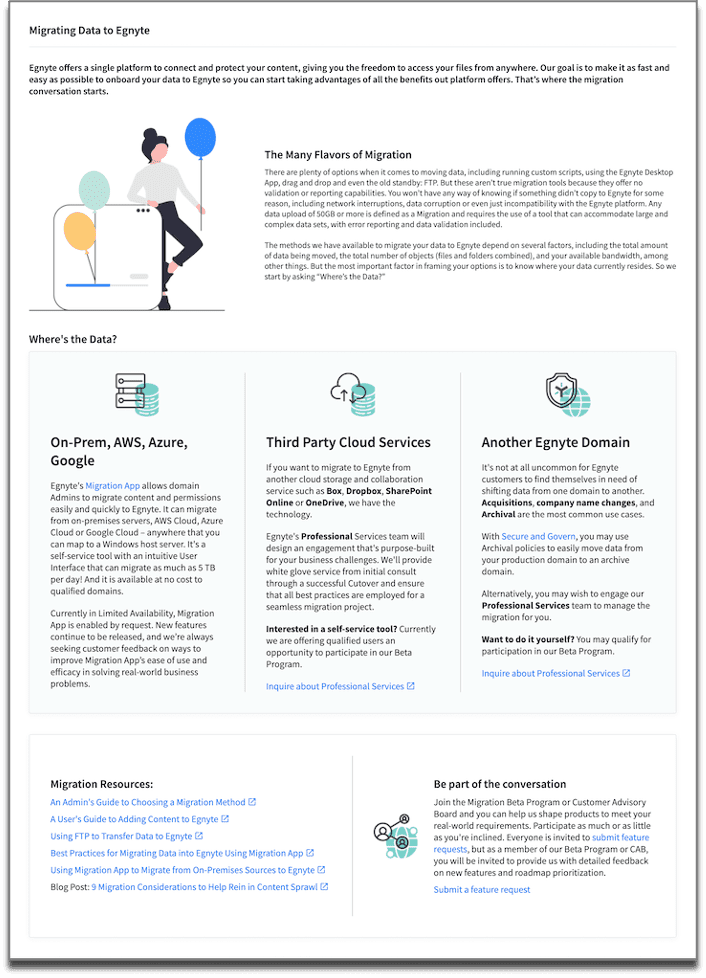Designing games for multiple platforms is essential for game developers to ensure that their games can be played smoothly and look good on all devices. Designers face challenges such as differing hardware capabilities, screen sizes, and aspect ratios, necessitating an intuitive user interface (UI) on every platform. Designing for multiple platforms presents opportunities for creators to experiment with reporting options and hardware features and potentially increase revenue by reaching a wider audience. Best practices include understanding each platform’s restrictions, designing for the lowest common denominator, implementing platform-specific features, using responsive design for UI elements, and testing thoroughly before release.
Introduction
When creating a game, one of the major considerations is designing for multiple platforms. With gamers playing on PCs, consoles, mobile devices, and virtual reality headsets, developers need to ensure that their game is optimized to deliver the best experience across all platforms.
The Challenges of Designing for Multiple Platforms
The biggest challenge in designing for multiple platforms is ensuring that the game runs smoothly and looks good on each platform. Different platforms have different hardware capabilities, screen sizes, and aspect ratios, which can impact the performance and visual fidelity of the game. Another challenge is designing a user interface (UI) that is easy to use and intuitive on each platform. Players should be able to easily navigate the menus and control the game, regardless of whether they are playing on a PC, console, or mobile device.
The Opportunities of Designing for Multiple Platforms
Designing for multiple platforms also presents opportunities for game developers. By creating a game that can be played on multiple platforms, developers can reach a wider audience and potentially increase their revenue. Additionally, designing for multiple platforms allows developers to experiment with different input methods and hardware features, such as touch controls on mobile devices or virtual reality on a headset. This can lead to unique gameplay experiences that are tailored to each platform.
Best Practices for Designing for Multiple Platforms
1. Understand the limitations of each platform
Before starting to design a game for multiple platforms, it is important to understand the technical limitations of each platform. This includes hardware specifications, screen resolutions, and input methods. By understanding these limitations, developers can design a game that runs smoothly and looks good on all platforms.
2. Design for the lowest common denominator
When designing a game for multiple platforms, it is important to design for the lowest common denominator. This means designing the game to run smoothly and look good on the least powerful platform. By doing so, developers can ensure that the game runs smoothly on all platforms and does not exclude players on older or less powerful hardware.
3. Use responsive design for UI elements
Responsive design involves creating a UI that adapts to different screen sizes and resolutions. This is important when designing for multiple platforms, as players will be playing the game on different devices with different screen sizes. By using responsive design, developers can ensure that the UI looks good and is easy to use on all platforms.
4. Implement platform-specific features
Each platform has its own unique features and capabilities, such as touch controls on mobile devices or motion controls on consoles. By implementing these features into the game, developers can create a unique experience tailored to each platform.
5. Test, test, and test some more
Finally, it is important to thoroughly test the game on each platform before releasing it. This includes testing on different hardware configurations, screen resolutions, and input methods. By testing the game on each platform, developers can catch any issues before they become widespread and ensure that the game delivers the best experience possible on each platform.
Conclusion
Designing for multiple platforms is a challenge, but it also presents opportunities for game developers. By understanding the technical limitations of each platform, designing for the lowest common denominator, using responsive design for UI elements, implementing platform-specific features, and testing the game thoroughly on each platform, developers can create a game that runs smoothly and looks good on all platforms while delivering unique experiences tailored to each platform.
